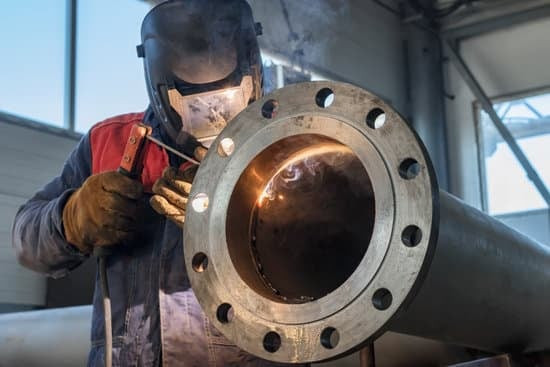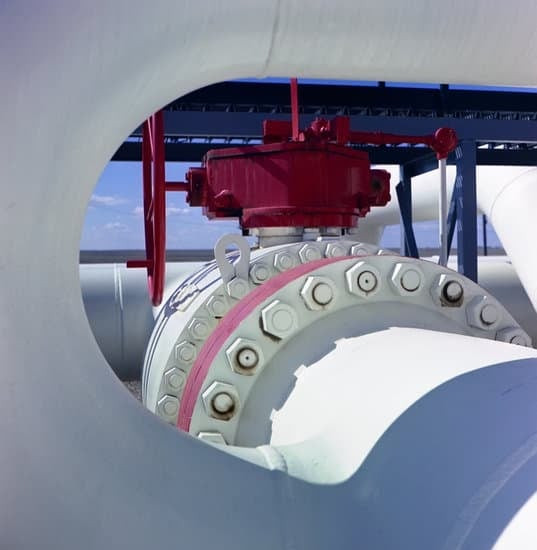What is a flange connection and why is it so often used?
In simple terms, a flange connection consists of three separate and independent components: flanges, gaskets and bolts. A gasket is fitted between the pair of components to prevent leakage. The installers or fitters then typically use a minimum of four bolts to seal them thoroughly. The use of flanges is an alternative to welding, for ease of disassembly.
Where flanged connections can be used:

- in the chemical apparatus,
- water installation,
- sewage network,
- gas installation,
- chimney segments,
- columns of support structures.
The main use of the flange is for bonding:
- pipes,
- pumps,
- valves,
- other equipment to create a pipeline system.
Typically, flanges are threaded or welded, and two flanges can be connected by bolting them together with gaskets and providing a seal that provides easy access to the entire piping system.
Types of mechanical detachable connections:

- flanged (used most frequently, involves connecting two pipes together using bolts),
- threaded (the connectors are threads),
- socket (one pipe is inserted into the other and sealed),
- push-fit (fixing and sealing takes place outside the pipe),
- grooved (installation with screw and gasket),
- twisted.
European Pressure Directive and its requirements
The European Union Directive harmonises pressure equipment regulations in EU countries. It obliges the governments of the Member States to create regulations that comply with the directive. It is very important that we hire certified specialists and certified specialists to install the connections. According to EDC requirements, this type of work should be carried out by specially trained people.
Technical performance and application
Flanged joints have many applications. However, it is important to note that, depending on the application, we should pay attention to the shape of such a joint, the material or other technical parameters.
The most popular questions
What are flange connections?
Flanged joints are coaxial opposite flange connections with a minimum of four bolts.
How many components does a flange connection consist of?
The flange connection consists of three separate and independent components.
What is EDC?
The European Union Directive harmonises pressure equipment regulations in EU countries. It obliges Member State governments to create regulations in line with the Directive.
Who should be contracted to install the flange connections?
If we want our flange connection to work faultlessly, it should be outsourced to people who specialise in this area.
Why would it be best to opt for such a flange connection?
Flanged connections are easy to maintain, robust, damage-resistant and resistant to low and high temperatures.

